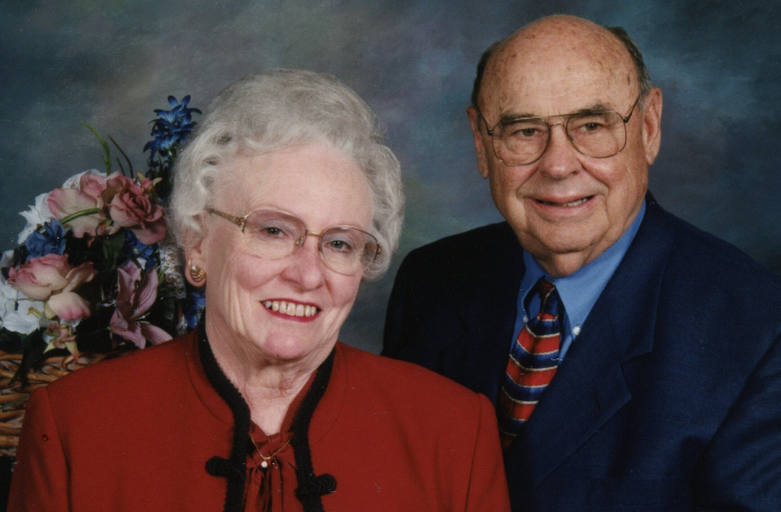Partnering for Good: Three Examples of Smart Giving Solutions
By the Greater Green Bay Community Foundation Team

October 23, 2025 — Every client’s story is unique, shaped by their experiences, values, and aspirations. As their trusted advisor, you tailor your guidance to reflect what matters most to them. When your clients are ready to incorporate charitable giving into their plans, our team can help you design thoughtful, customized strategies that bring their philanthropic vision to life. To spark ideas, we’ve highlighted three examples of how we can collaborate with you to integrate philanthropy into your clients’ plans.
Scenario 1: You want to help Emily Harper benefit from itemizing deductions.
Your client, Dr. Emily Harper, a 62-year-old physician, has long supported many local charities with annual donations totaling around $20,000. While generous, her giving has not exceeded the standard deduction under the current tax law, which means she has received little to no tax benefit for her contributions. You’ve counseled Emily that 2026 will bring even more limitations on her ability to deduct charitable contributions.
Working with the community foundation, you are arranging for Emily to contribute $100,000 of appreciated stock this December to establish a donor advised fund. This large, single-year contribution will allow her to itemize deductions for 2025 and maximize her tax savings, while still preserving the flexibility to recommend grants of $20,000 per year to her favorite charities over the next five years. By front-loading her philanthropy, Emily not only secured a significant deduction even under the higher standard deduction thresholds in place, but she also avoided potential exposure to the upcoming IRS “floor and cap” rules under the One Big Beautiful Bill Act.
Scenario 2: You are worried about Jonathan Lee’s concentrated stock positions
Jonathan Lee, a 58-year-old business executive, has accumulated a significant position in a favorite stock over the past two decades. As Jonathan’s advisor, you have grown increasingly concerned about the concentration risk in his portfolio and the steep capital gains tax bill he would face if he sold shares outright. You also discovered that Jonathan has consistently supported a handful of local charities with annual cash gifts.
Working with the community foundation, you arranged for Jonathan to donate $250,000 worth of his highly appreciated stock to establish a donor advised fund. This move accomplished two critical objectives: it allowed Jonathan to bypass the capital gains tax on the gifted shares and made him eligible for a full fair-market-value charitable deduction for the stock’s value on the date of the gift. Now, instead of writing annual checks from after-tax dollars, Jonathan can recommend grants from his donor advised fund over time, maintaining his giving pattern while enjoying significant tax efficiency. What’s more, by contributing stock instead of cash, Jonathan transformed a concentrated holding into diversified charitable capital.
Scenario 3: Margaret Davis has more money in her IRAs than she’ll ever need.
Your client, Margaret Davis, is 74 years old. She continues to receive royalty income from several books she wrote over the course of her career as a successful novelist. Margaret also owns several IRAs. Her royalties are more than enough to cover her living expenses; she simply does not need the Required Minimum Distributions from her IRAs. You have counseled her, though, that she has to take those distributions under IRS rules.
Recently, Margaret sent you an article she read about Qualified Charitable Distributions, or QCDs. You know that Margaret, because she is over the age of 70 ½, can direct up to $108,000 (the 2025 limit) to qualified charities. You’ve reached out to the community foundation for help, and you are glad you did because the community foundation team is setting up a designated fund to receive Margaret’s QCDs. The designated fund, in turn, will support the local animal shelter, where Margaret has volunteered for decades, even after Margaret dies. What’s more, the QCD dollars are excluded from Margaret’s income and still satisfy a portion of her RMD. The QCD also reduces Margaret’s exposure to Medicare IRMAA surcharges—benefits that would not have accrued if she’d simply donated from after-tax cash.
Our team is here to help your clients turn their generosity into lasting impact. We provide charitable tools that align your clients’ goals with the needs of our community. Together we can make a meaningful difference today, and for generations to come.
This information is provided for informational purposes only. It is not intended as legal, accounting, or financial planning advice.

